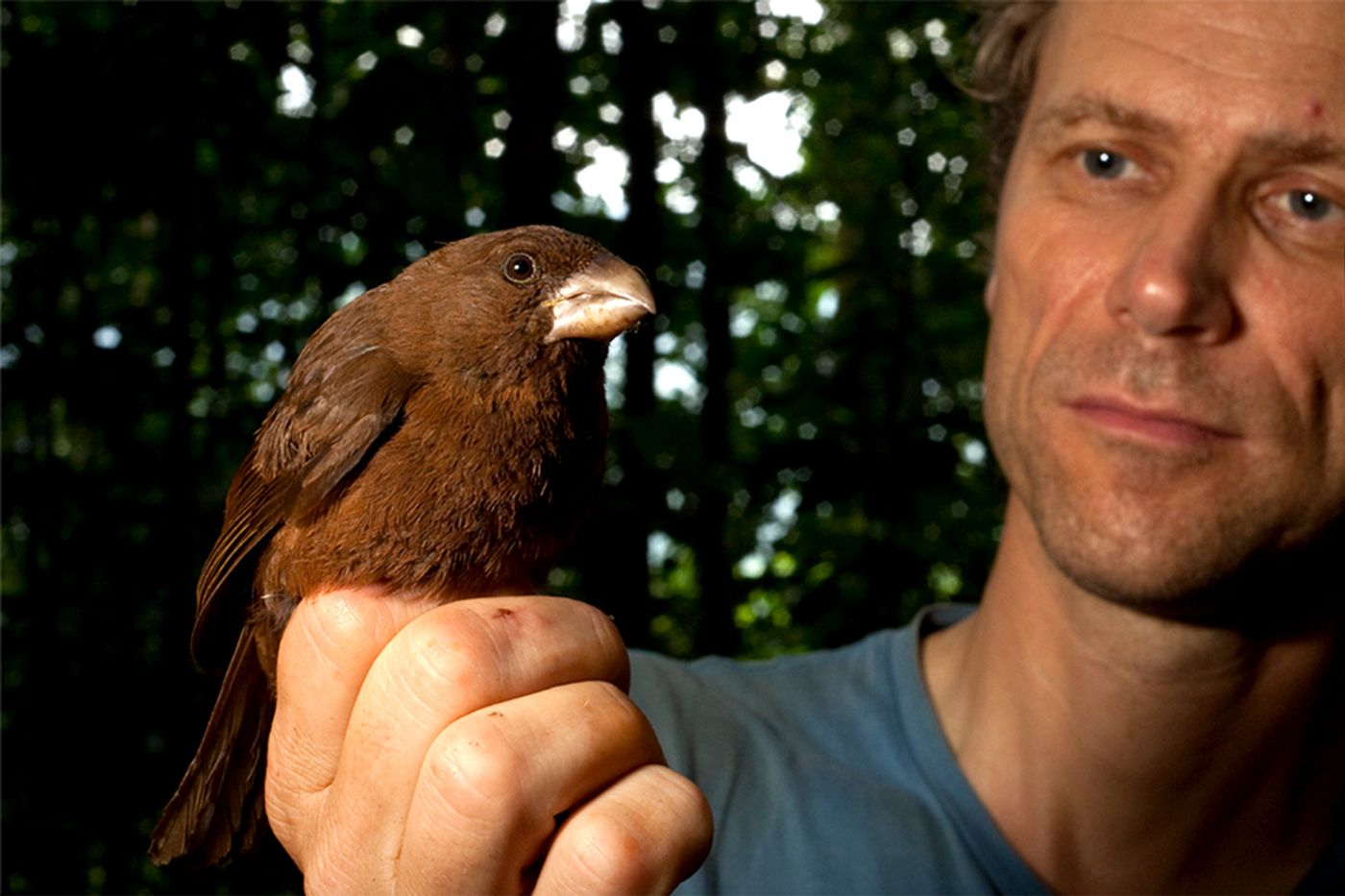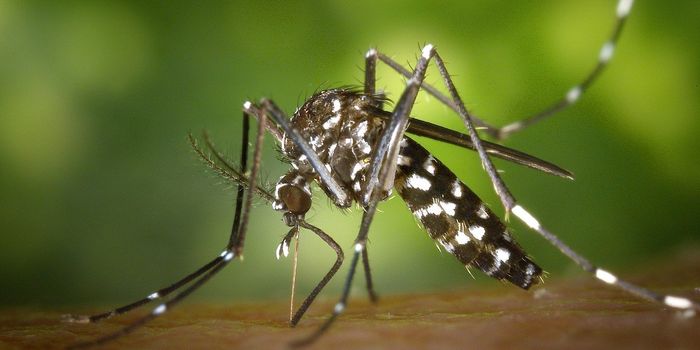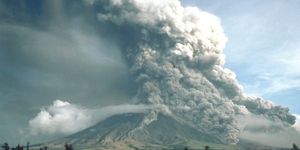World's Largest Canary Discovered
A small island dubbed São Tomé resides in the middle of the Gulf of Guinea, just West of Africa, and it just so happens that this island’s rainforests were keeping a secret from experts this entire time.
Published in the International Journal of Avian Science, researchers describe what appears to be the world’s largest canary ever recorded. The newly-discovered specimen, a São Tomé Grosbeak, is reportedly so big that it dwarfs the second-place contender in size by as much as 50%.
Image Credit: Alexandre Vaz
Its brown feather color, along with its extraordinary size, flattened head, and unique beak characteristics, led researchers to initially believe it was another species of bird, but they turned out to be mistaken after the results of a DNA analysis they conducted began to materialize.
At just 20 cm in length, it may sound like a small bird to begin with, but it’s a behemoth when compared to other known canaries.
Related: Study confirms some birds sleep while flying
Sadly, the São Tomé Grosbeak is critically endangered, which means it’s at risk for going extinct. The São Tomé island is secluded from the rest of mainland Africa, and as a result, the animal species on the island have evolved separately from those on the mainland. The only problem is, they're now starting to dwindle.
This separation spells out a very small subset of animals on the island that aren’t found anywhere else in the world, so when they’re gone from this island, they’re gone for good. Moreover, the São Tomé Grosbeak is just one of 20 endemic bird species on the entire island.
Perhaps with a little bit more research about the bird’s lifestyle and the dangers that it faces, we can learn of ways to protect the São Tomé Grosbeak from going extinct. Very little is currently known about the species or its way of life.
Nevertheless, time is of the essence, as it’s already getting close to those stages.
Source: Phys.org









